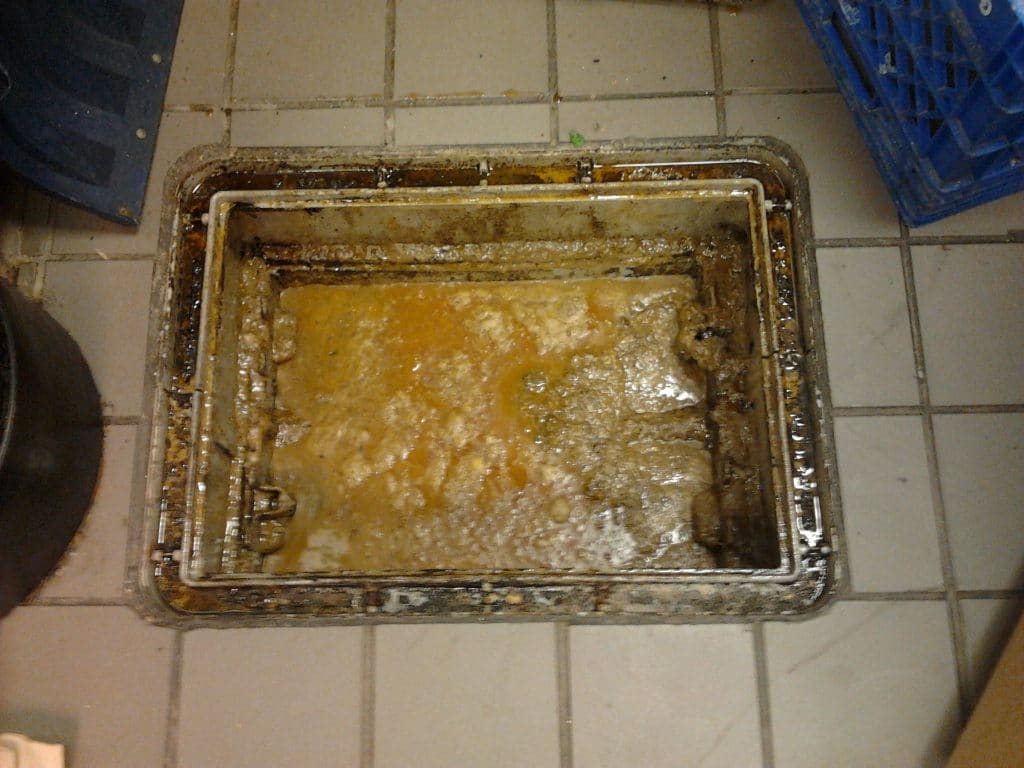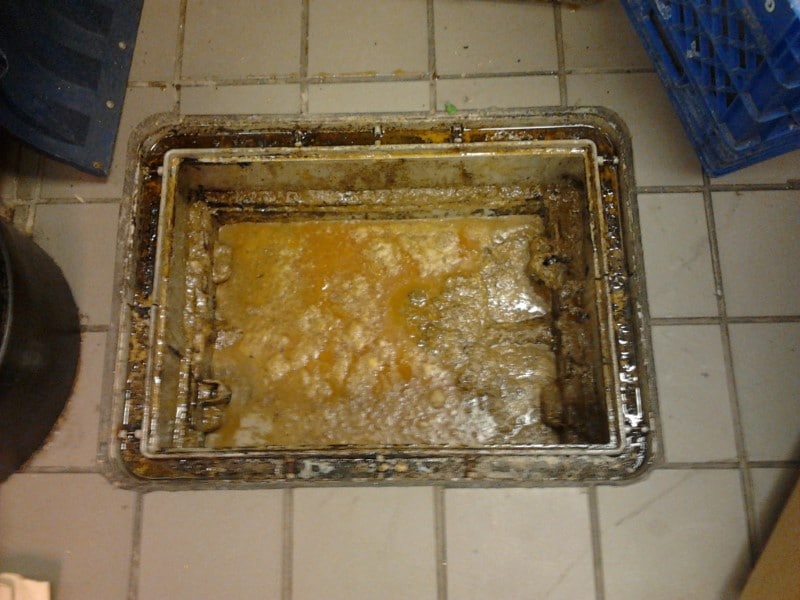
The low-income earning families deserve to have homes. They have to make sure that they raise their children in a safe and secure environment with a sure roof over their heads. It can be challenging to achieve this because of so many expenses. This is why the US government has decided to intervene. For a low fee, anyone can rent an apartment under a government agency. There are also housing projects that allow people to have their own homes built but with the help of government funding. The payment for the constructed house would then be set according to the income of the owner.
Kitchens and bathrooms are standard facilities in government housing projects. This is basically why the US government mandates the government agencies to install grease traps in their housing projects. FOG (fats, oils, grease) is becoming a huge problem in the country. Enormous amounts of FOG enter the wastewater treatment facilities. This results to contamination of the clean water supply, outbreaks of various diseases, and sanitation problems. The government aims on keeping the FOG levels under control so that these major government housing grease trap problems can be avoided.
There is actually an acceptable level of FOG that could enter the wastewater treatment facilities but as much as possible, FOG should not mix into the untreated effluent. When FOG overflows into the wastewater, it hitches a ride through the sewer lines. Once inside the pipes, the FOG cools and hardens. It sticks to the inner walls of the pipelines like layers of cement. Eventually, the hardened FOG blocks the untreated effluent. The wastewater then backs up into the government housing facilities and surrounding environment.
Government housing grease trap problems can be minimized or even resolved with the help of the residents and the agency’s vigilance in implementing their grease trap maintenance regulations. The residents could manually scrape off the grease materials and food bits from their dishes and cooking equipment. They could then place these substances is leak-proof, sealable containers that could be properly disposed of. Drains could also be fitted with strainers and meshes that could catch the very small bits of food and grease, preventing them from entering the grease trap.
It’s the entire government housing community’s obligation to make sure that the FOG levels in their grease traps remain at a very low minimum. This would mean that they should perform measures as a unit so that the country’s FOG problem could finally be controlled. This includes choosing the right additive to use in maintaining their grease traps. Chemicals and enzymes do not work like they are supposed to. Instead of eradicating FOG, they emulsify it, allowing it to mix in with the untreated effluent. They only make it possible for the FOG to harden in the pipes and block the normal flow of the wastewater towards the wastewater treatment facility.
The best helpers in resolving government housing grease trap problems are bacteria. They are the most reliable grease trap cleaners that anyone could ever have. Bacteria break down the FOG and get rid of the bad odors as well. They don’t have chemical discharges that can pollute or contaminate so the environment and water supply systems remain safe when they are used. With the help of bacteria, government housing grease trap problems can really be resolved.
